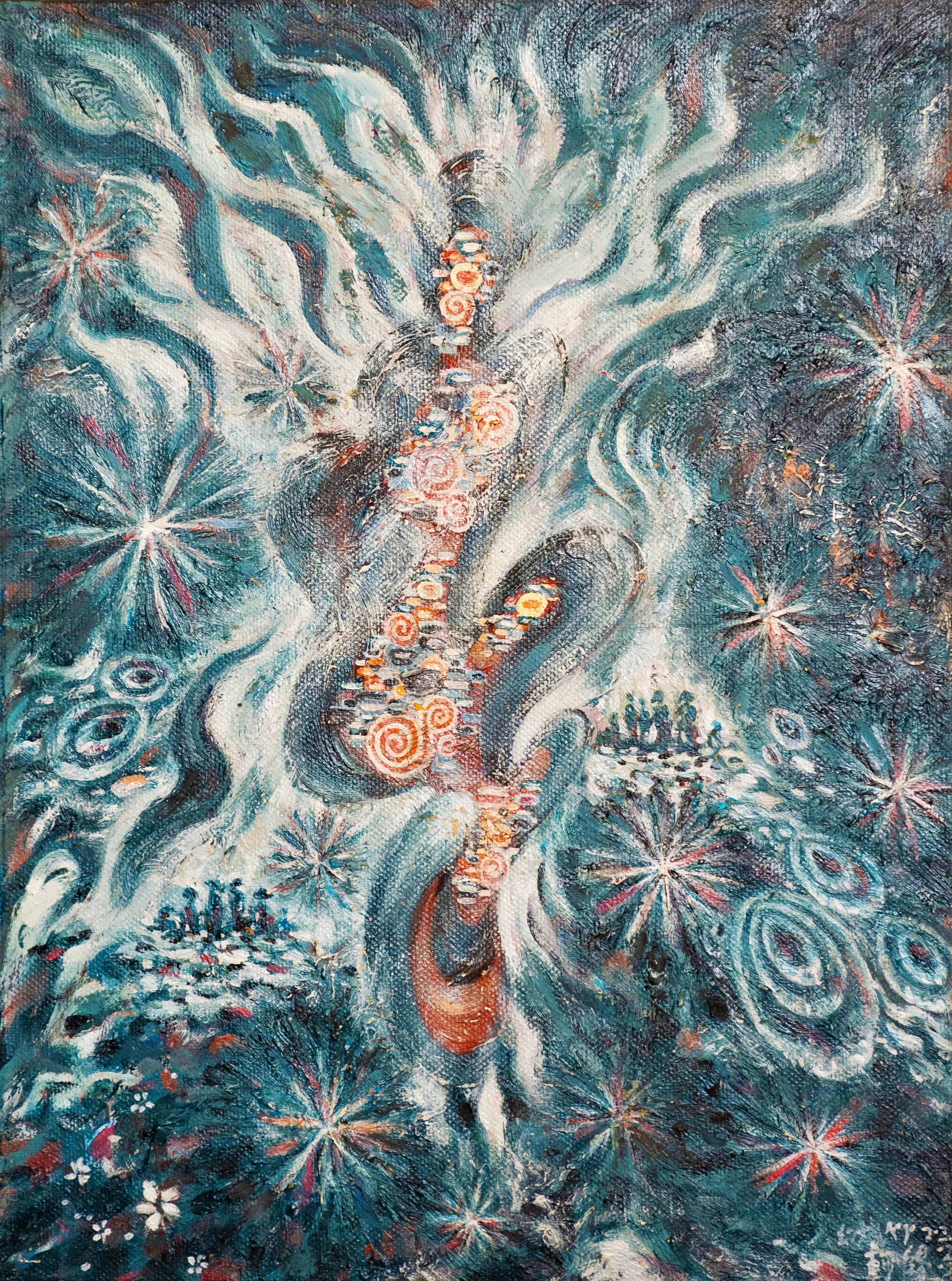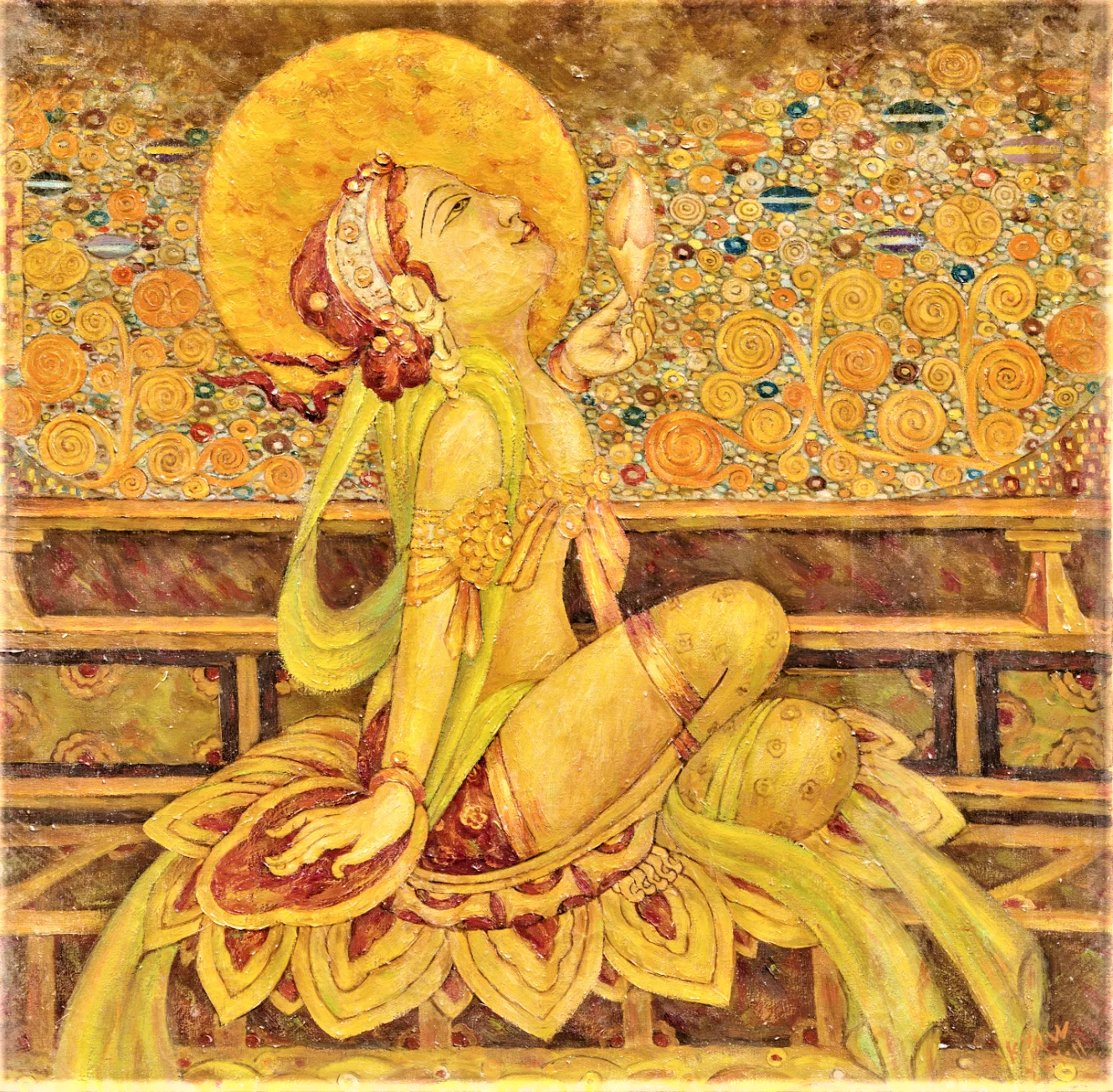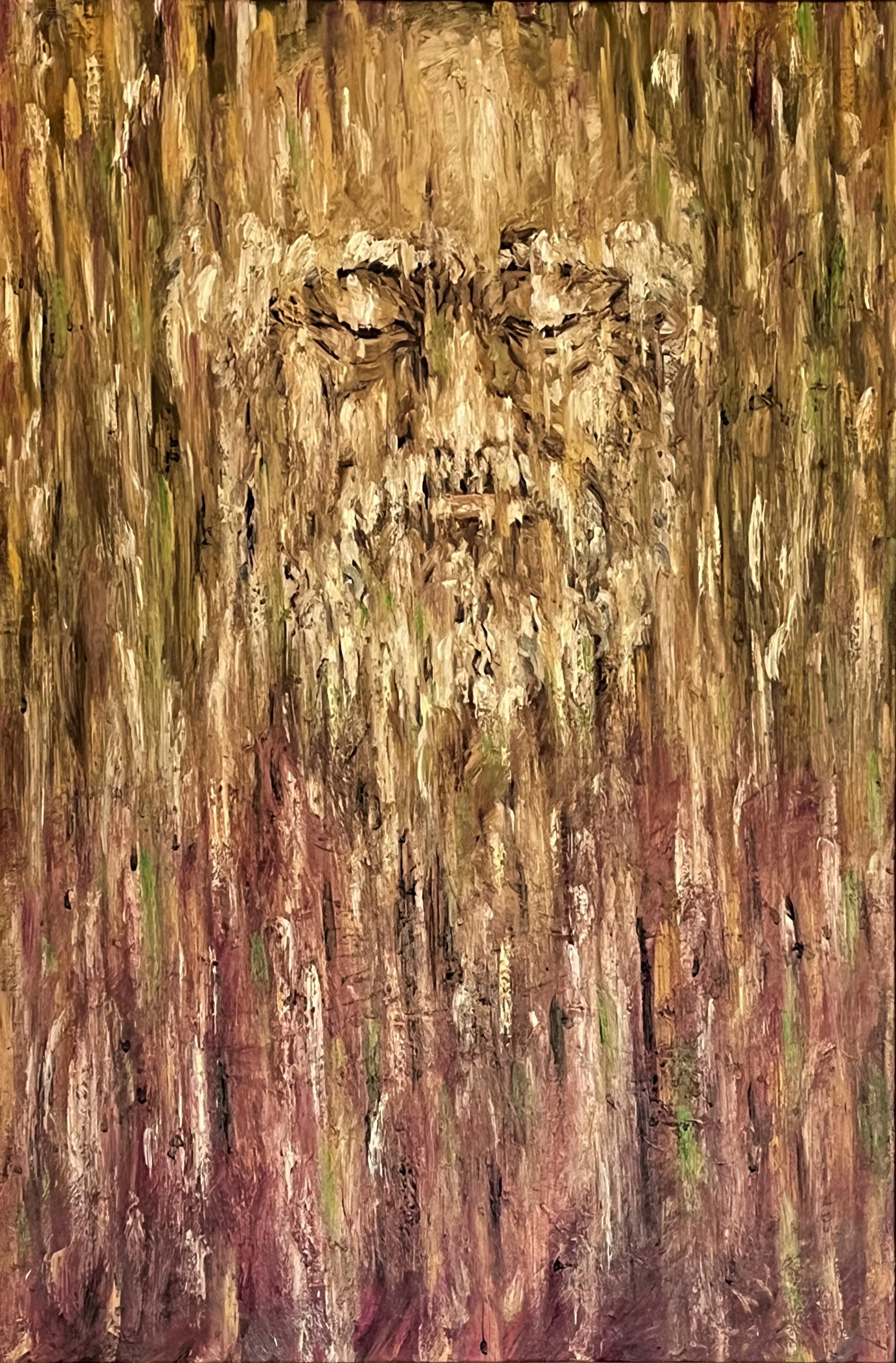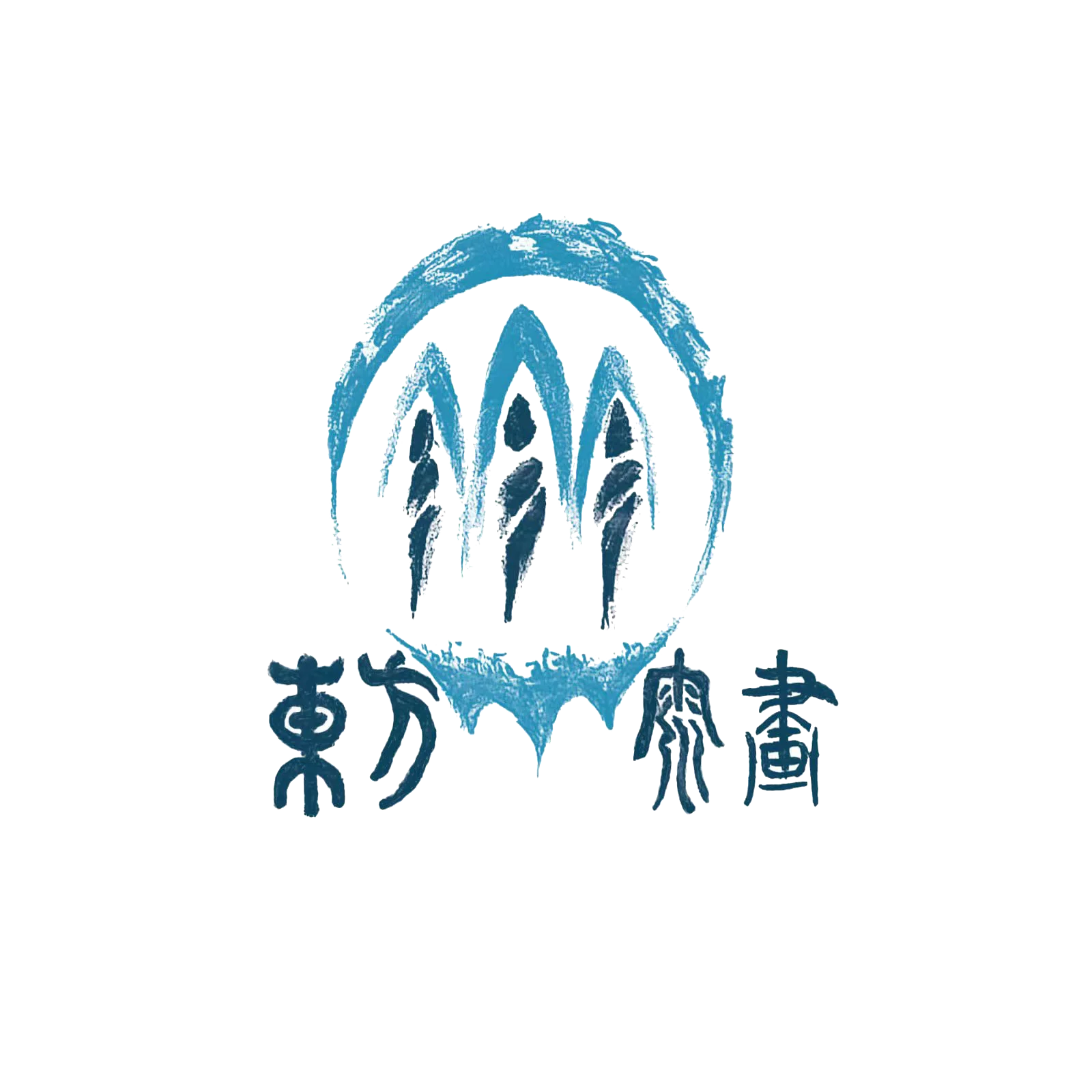Author:Matteo Binci
The one who knows well about others is only a smart guy, whereas the one who understands himself is the sensible Solomon. The one who could defeat others is just a strong man, whereas the one who could win over his evil in mind (心魔) himself is really a powerful one.
——Laozi
In the field of contemporary art, Wu Keyang presents himself to the public as a wise man whose brushstrokes not only fall on the canvas, but also permeate the complex interweaving of spiritual exploration. His works weave a tapestry of the birth of the universe, the nature of life, and the intricate connections between humanity and the cosmos through ethereal scenes of Eastern spirituality. His artistic expression transcends the mundane and calls the viewer to explore the depths of their inner thoughts and perceptions, echoing the profound philosophical ideas of ancient Chinese philosophers. Translated with DeepL.com (free version)

Oil Painting:《意识》
Specification: 60cmx80cm
Creation date: 2023
At the heart of Keyang Wu's artistic vision is a primal force that runs through all things. Wu Keyang's paintings reflect this sentiment, capturing the essence of nature in its purest form. In every brushstroke, he does not try to impose his will on the canvas, but rather follows the ebb and flow of creation that guides his hand.
For Keyang Wu, time and space are not static concepts, but fluid realities that change and evolve with each passing moment. In his paintings, the boundaries between past, present and future become blurred and merge into a seamless continuum - the passage of time becomes an illusion and the eternal present reigns supreme - Wu Keyang's art embodies the natural flow of existence, transcending the constraints of linear time and geometric space. the constraints of linear time and geometric space.

Oil Painting:《敦煌供养天》
Specifications: 80x80cm
Creation date: 2012
The Italian geographer Franco Farinelli has analysed the book The Travels of Marco Polo. It is a 13th-century travel account by Rusticello da Pisa of Pisa, based on the story of the Italian explorer Marco Polo, describing Polo's travels across Asia between 1271 and 1295. In the book he reflects on the concepts of space and time and their relationship:
There are some amazing non-spatial descriptions of the Earth's surface, including a curious passage in the 13th century Travels of Marco Polo: it talks about trade, capital, and long-distance travel, but nowhere does it refer to space, except for the Mongolian postal system. In fact, Marco Polo did not rely on spatial metrics when calculating distances, but instead made direct reference to travel time. What is even more intriguing is that the author did not travel long distances in a hurry, but speed was not involved in his actions: it took him seventeen years, together with his father and his uncle, to reach the court of the Khan from Venice, and he therefore had time to learn the languages of the various countries he passed through: Arabic, arabicised Persian, and so on.
At the heart of Keyang Wu's exploration of time and space is the interplay between movement and stillness, where the movement of all things is relative, and where movement and stillness are connected. The journey, the path, is always a journey of enlightenment, a journey of learning, not just a job or trade.

Oil Painting:《禅者·定》
Specifications:60cm×90cm
Creation date: 2023
Some spiral movement symbols in Keyang Wu's paintings become the inner path to spiritual perception. They are not only spatial paths, but also temporal paths. Farinelli writes that the famous Italian traveller, in order to calculate the distance along the way, determined his direction by the direction of the wind, i.e., by observing nature, rather than resorting to base abstraction - which presupposes spatial abstraction: ‘If you leave Cambarruk in the direction of the kite (the blowing winds marks the direction), you will encounter the desert, which takes two days to cross, the desert is followed by a forest that lasts a day and a half, and so on ......’
Undoubtedly, Keyang Wu's oriental spiritual paintings are a portal to the transcendent realm of the soul and a testament to the ancient Chinese wisdom of long standing. Every brushstroke of his paintings calls us to embark on a journey of self-discovery, guiding us along the path of enlightenment illuminated by the timeless teachings of the ancients. When gazing at his paintings, one is reminded of Kant's words, ‘Above me is the radiant starry sky; the moral law is in my heart.’
Indeed, in the bright depths of Wu Keyang's art, we find not only the brilliant light of the universe, but also the profound truths hidden in the depths of our own souls.
Author Bio:
Matteo Binci (马泰奥·宾奇)After studying in Venice, he moved to Milan to specialise in curatorship and art history, and then began working with Castello Rivoli, before taking part in the project planning for the Quadrennial in Rome. He has won support for Italian curatorial projects in Mexico and the United States, and was responsible for curating a special project for the 2023 Venice Biennale of Architecture. Currently he works at the MACRO Museum of Contemporary Art in Rome, where he is responsible for the management of exhibitions and collections.

Leave a Reply